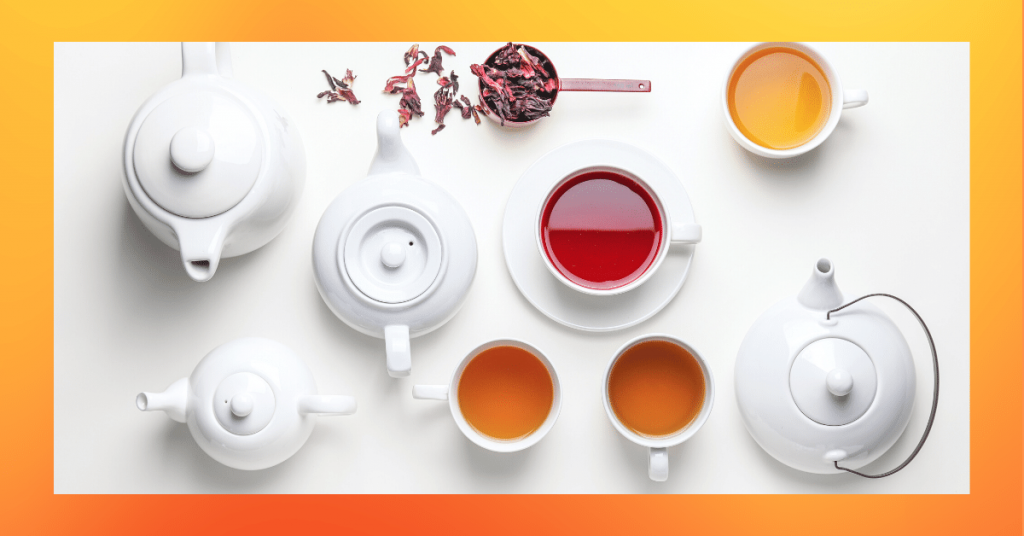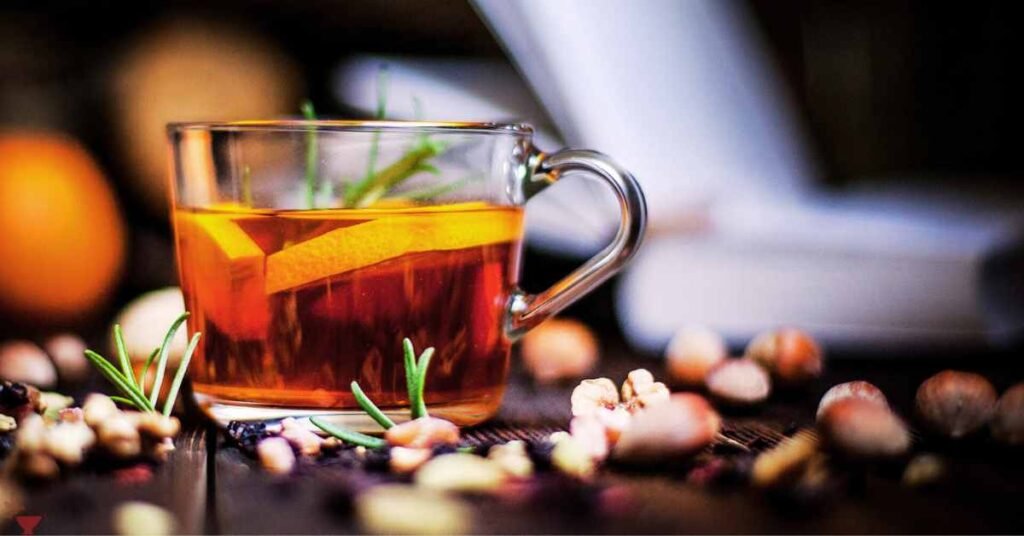Can Green Tea Be Used as a Natural Dye for Fabrics? If So, What Colors Can Be Achieved?
Green tea, cherished globally for its health benefits and refreshing taste, has found a surprising and eco-friendly use beyond the teapot: as a natural dye for fabrics.
This ancient beverage, derived from the leaves of the Camellia sinensis plant, contains tannins, a type of natural compound known for their ability to bind to fabrics and produce color.
But how effective is green tea as a dye, and what colors can one expect to achieve? Let’s explore the fascinating world of natural dyeing with green tea.

Dyeing fabrics with green tea involves the use of its natural tannins, which act as a mordant.
Mordants are substances that help fix dyes to fabrics, ensuring the color adheres and remains vibrant.
The tannins in green tea create a chemical bond with the fibers of the fabric, allowing the color to set.
To use green tea as a dye, the process generally involves:
- Preparing the Fabric: Clean the fabric thoroughly to remove any residues or treatments that might hinder dye absorption. Natural fibers like cotton, linen, silk, and wool are ideal for dyeing with green tea.
- Brewing the Tea: Brew a large pot of strong green tea, using a higher concentration of tea leaves to water than you would for drinking. This ensures a richer dye bath.
- Dyeing the Fabric: Submerge the fabric in the hot tea and let it soak. The duration of soaking can vary based on the desired intensity of the color. Typically, soaking for several hours to overnight yields the best results.
- Setting the Dye: After dyeing, rinse the fabric in cold water and allow it to air dry. For added colorfastness, some people rinse the fabric in a solution of water and vinegar.
Achievable Colors with Green Tea
The color produced by green tea dyeing can vary significantly based on several factors, including the type of fabric, the concentration of the tea, the duration of dyeing, and any additional mordants used.
Generally, green tea yields a range of soft, earthy tones, often in the spectrum of light beige to pale yellow-green.
- Light Beige to Pale Brown: On natural fibers like cotton and linen, green tea typically produces a light beige to pale brown hue. This color is often subtle and can vary from a faint tint to a more noticeable shade depending on the strength of the tea and the dyeing time.
- Soft Yellow-Green: When dyeing with green tea on silk or wool, the result can lean towards a delicate yellow-green. The protein fibers in these fabrics interact differently with the tannins, often resulting in a slightly greener tint compared to plant-based fibers.
- Variations with Mordants: Adding natural mordants such as alum or iron can alter the final color. Alum can brighten the hue, making the beige or yellow tones more pronounced, while iron can darken the color, yielding a more subdued, antique-like finish.
Factors Influencing Dye Outcomes

Several factors influence the final color when dyeing with green tea:
- Tea Strength: A stronger tea brew will result in a more intense color. Adjust the amount of tea leaves and steeping time to control the dye’s concentration.
- Soaking Time: Longer soaking times typically deepen the color. Experiment with different durations to achieve the desired shade.
- Fabric Type: Natural fibers like cotton, linen, silk, and wool absorb dye differently. Silk and wool often yield more vibrant results compared to cotton and linen.
- Mordants: Natural mordants can enhance or modify the dye color. Experimenting with different mordants can yield a variety of shades and tones.
Final Word
Green tea offers a natural, eco-friendly alternative to synthetic dyes, producing beautiful, earthy tones that can add a unique touch to fabrics.
While the colors may be more subtle compared to chemical dyes, the charm of using a natural, sustainable method is unmatched.
By experimenting with tea strength, soaking times, and mordants, one can achieve a delightful range of hues from beige to soft yellow-green.
So, the next time you brew a pot of green tea, consider saving some for your next fabric dyeing project and enjoy the beauty of nature’s palette.
MEDICAL DISCLAIMER
Itsnevernotteatime.com cannot and does not contain medical/health advice. The medical/health information is provided for general and educational purposes only and is not a substitute for professional advice.




